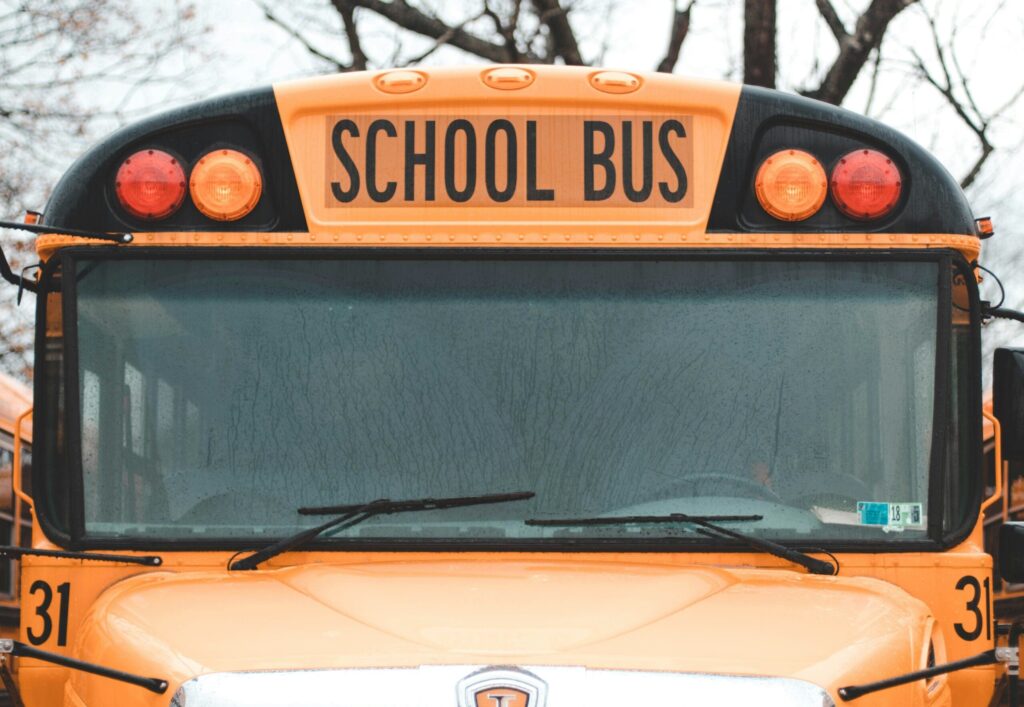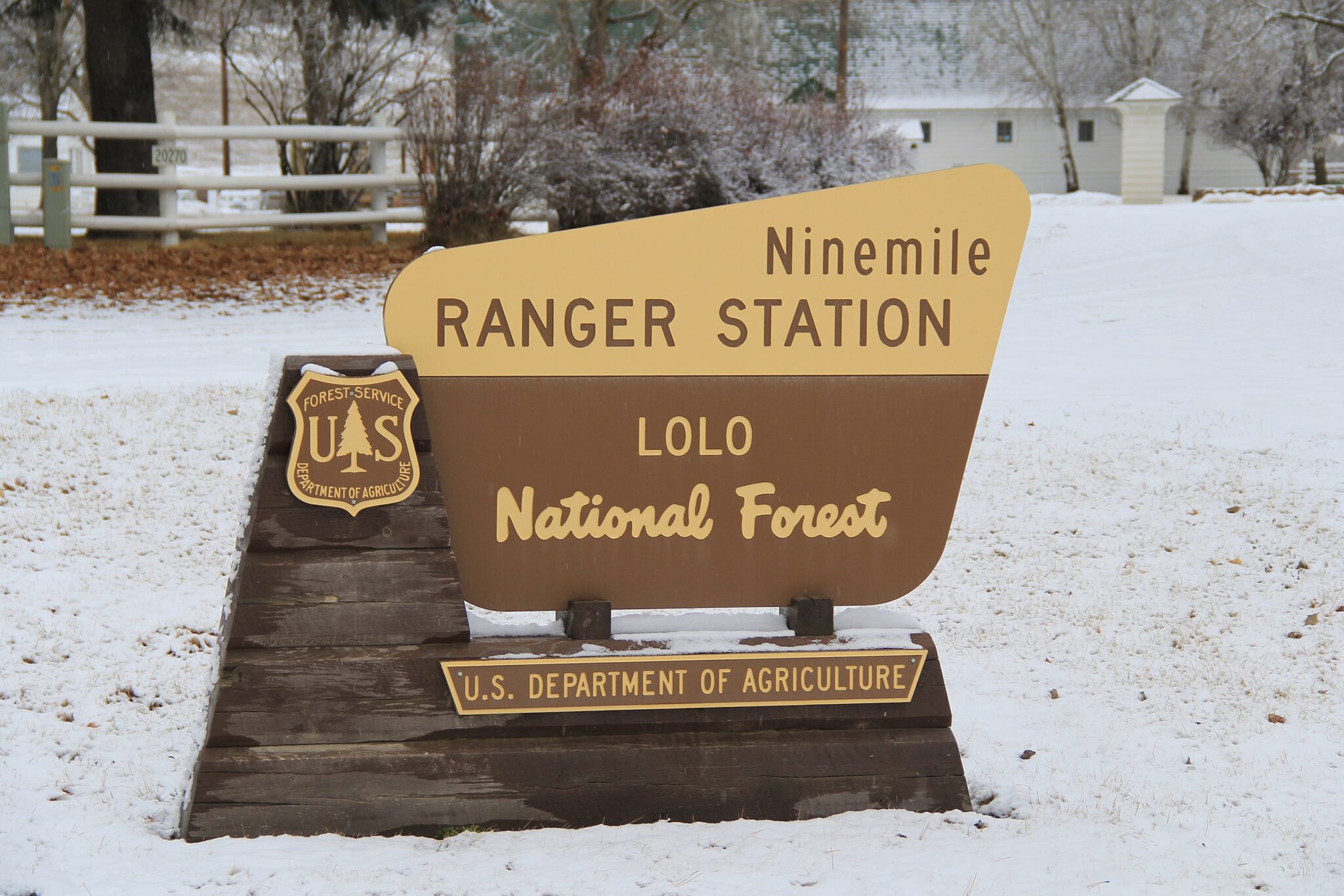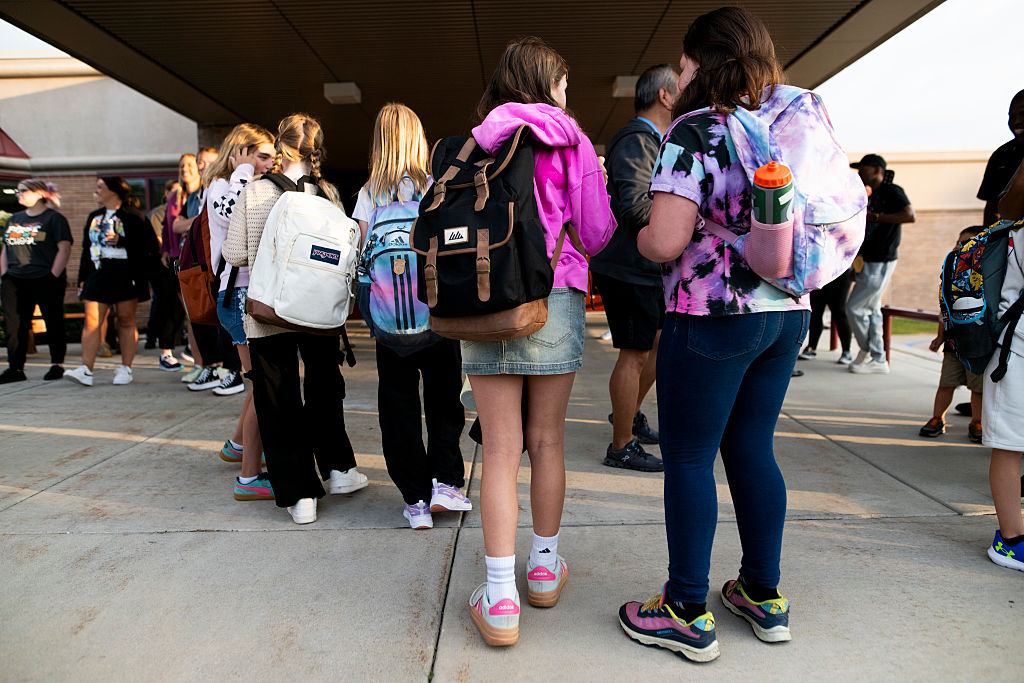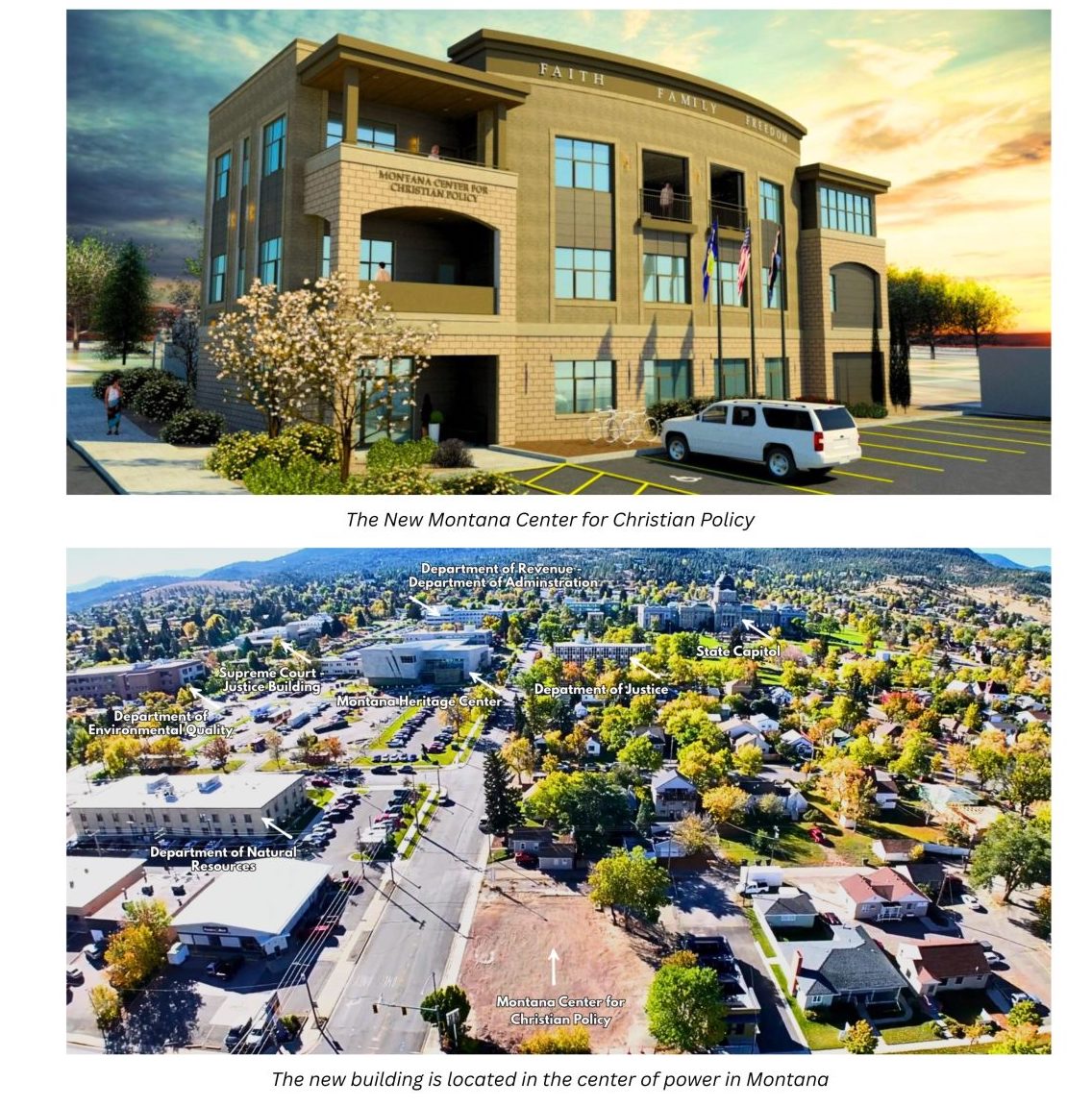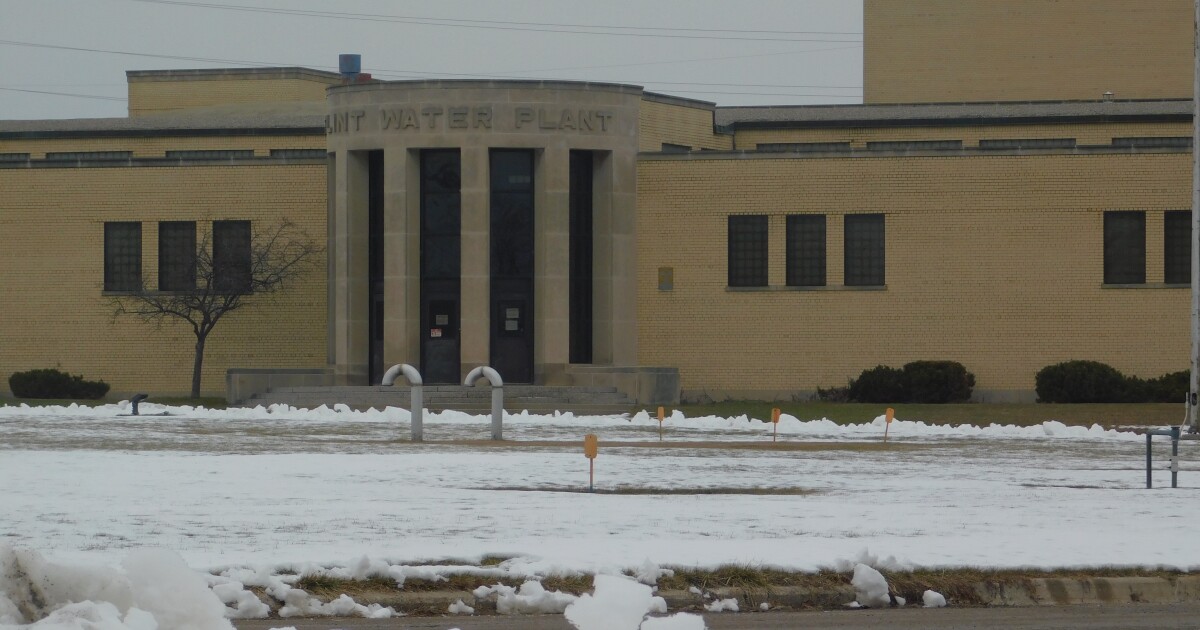Article Summary –
The Mauston School District successfully passed a referendum to increase its funding by $1.75 million annually for the next four years, preventing its closure amid declining state funding and enrollment, a challenge faced by many Wisconsin schools. Despite the relief, the community acknowledges that the solution is temporary, and substantial efforts are necessary to secure long-term sustainability for their schools, including advocating for increased state funding and changes to the funding model. The referendum created divisive tensions within the community, with personal attacks and misinformation surfacing, but it also rallied local businesses and residents to support the school, recognizing its vital role in the community’s social and economic fabric.
On Feb. 18, Renee Bailey and friends gathered at High Steaks Bar & Grill, downtown Mauston, anxiously awaiting the Mauston School District referendum results over local radio.
Residents, including Bailey, feared the school district’s closure after two failed referendums in April and November. This third referendum sought $1.75 million in annual funding for four years. Failure meant possible closure due to insufficient funds.
Mauston’s struggle isn’t unique. Many Wisconsin schools now rely on referendums to combat state funding shortfalls and declining enrollment. Some districts have even had to close schools.
Governor Tony Evers proposed a $3.15 billion boost to K-12 funding. However, Republican legislators deemed many proposals as “dead on arrival.”
After the failed November referendum, Bailey, whose husband is a school resource officer, described the loss as devastating. However, the community of 4,000 united, organizing rallies and creating awareness through T-shirts and yard signs.
Election night saw High Steaks filled with supporters wearing Mauston’s blue and gold. The referendum succeeded with 66% voter approval, sparking overwhelming joy among locals.
“When we won, everyone was emotional,” Bailey shared. “I couldn’t wait to tell my kids.” The school forms a community hub, hosting events like basketball games and FFA pancake suppers.
Amid uncertainty, parents discussed potential school alternatives. Bailey said, “I need more memories of my kids and their friends. This school is my life.”
Closing the school would’ve drastically affected the community, stated Jess Kayhart, a real estate agent and school board candidate. She feared up to 100 teachers and families would relocate if it failed.
Prospective homeowners looked elsewhere, noticing referendum signs, Kayhart noted. Community tours for potential hospital staff revealed candidates hesitating until after the vote.
Local businesses played a crucial role in supporting the referendum, Bailey said. Schools foster community engagement, with families frequenting local restaurants and businesses sponsoring sports teams.
“Our community’s grown so much, and the school’s pivotal,” Kayhart explained. “Without it, grassroots developments would vanish.”
Referendums have heightened community divisions, Kayhart said. In Mauston, staff and school board members faced personal attacks over salaries, with misinformation spreading about fiscal practices.
Although the referendum funds Mauston for four more years, residents acknowledge the need for long-term solutions statewide. “State funding is insufficient,” Kayhart stated. “We plan to advocate for increased school funding and revised state-level models.”
—
Read More Wisconsin News

